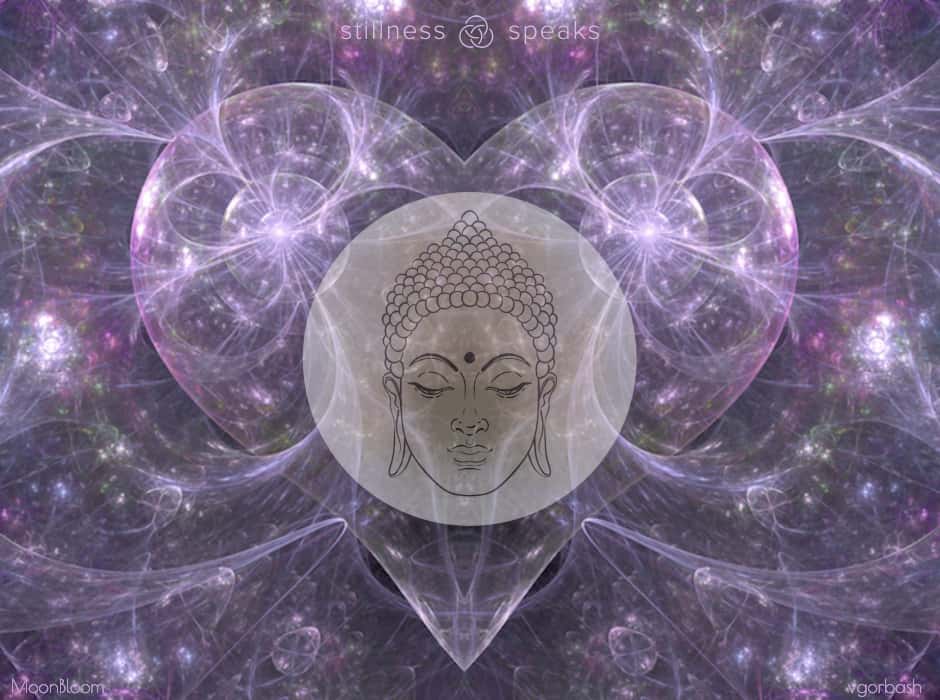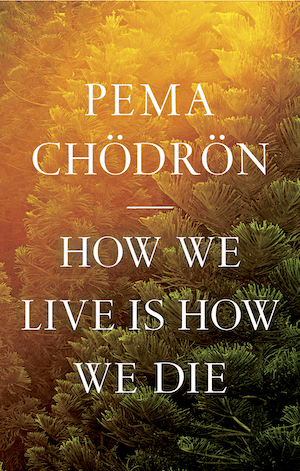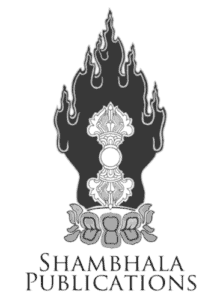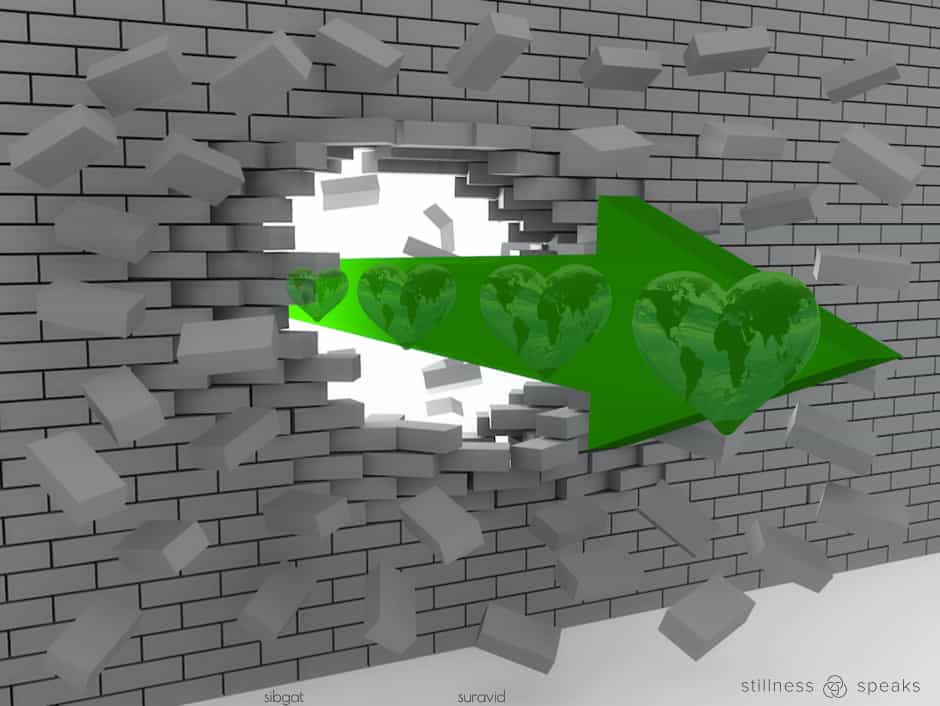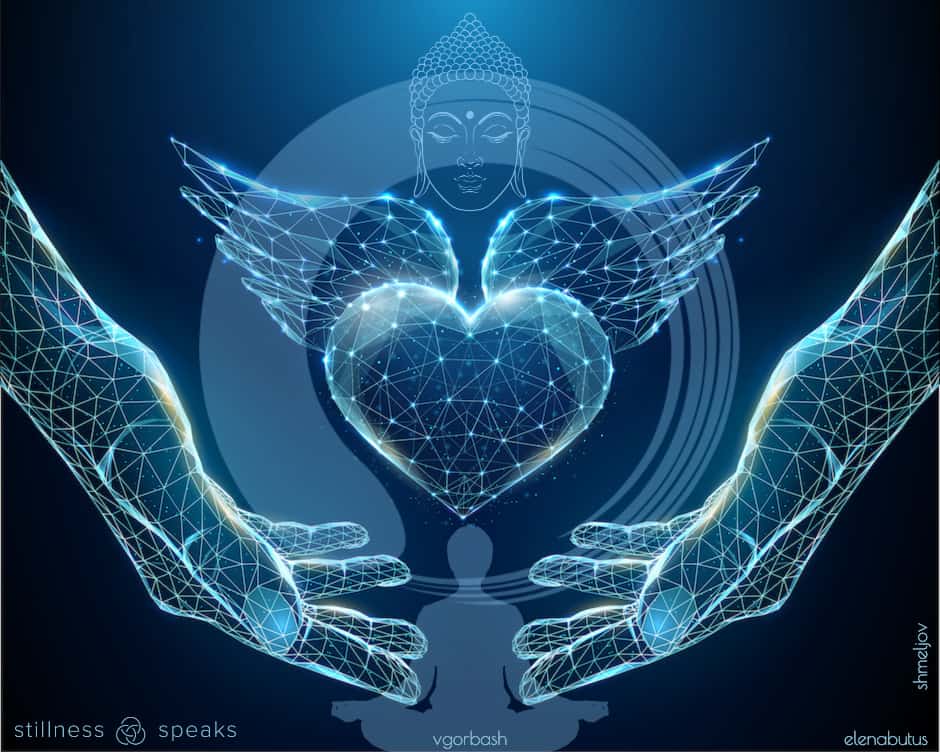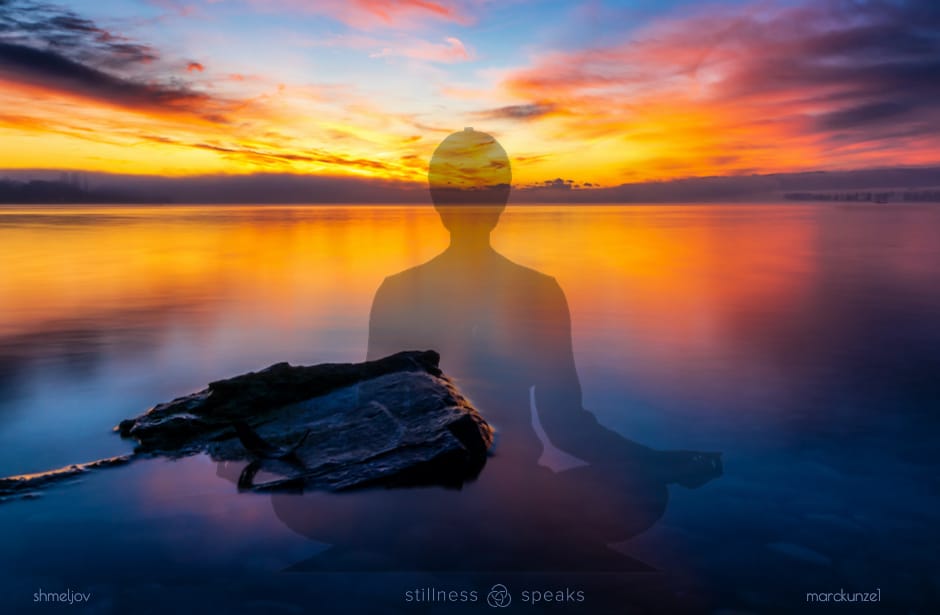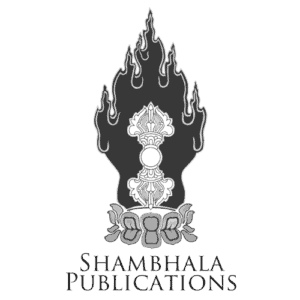warmth: “… there are two kinds of warmth that soften us up and make us more decent, loving beings … both come from the warmth of the heart …” ~ Pema Chödrön
For most, if not all, of us, at some stage in our lives we either encounter or end up asking: How do we live a deeply meaningful life? …
Just asking such a question is a profound undertaking, especially if we are earnest about it …
And at Stillness Speaks such an exploration is an integral part of our mission … and we endeavor to do so in as many ways as possible 🙂 … with different teachers from different traditions.
One of our recent mini-dives into this question has been through Pema Chödrön’s book, How We Live Is How We Die, where she uses The Tibetan Book of the Dead as an underpinning … and more specifically uses the Bardo which refers to “… the passage following our death and preceding our next life …”
She uses the wisdom of Bardo in a “larger or broader” context : while we are living this life, well before the actual event of death. As she says in the Introduction:
“… Right now we are in the natural bardo of this life. As I will continue to emphasize throughout this book, the natural bardo of this life is where our work lies.
By coming to understand how this life is a bardo—a state of continual change—we will be ready to face any other bardos that may arise, however unfamiliar …”
And, in that process we will naturally end up finding some of the “keys” to living a meaningful life!
So, in this part 2, we conclude this mini-dive with an excerpt of the entire chapter Heart Advice, where Pema talks about warmth – two kinds of warmth – both come from the warmth of the heart: “… one is the warmth of kindness and extending ourselves to others …” … and … “… the other is the warmth of devotion: love for one’s teachers, those who have shown us the truth …” … an advice that she sums up as:
“Now and in the bardo, I know that warmth is the key. Thinking of the welfare of others and opening my heart to the blessings of my teachers—I put my trust in these two wondrous methods.”
In Part 1 we offered the chapter The First Step to Courage: Refraining. Refraining being the 1st of Buddha’s “3 steps to courage” for navigating kleshas (destructive emotions) like craving, aggression, and ignorance …
We highly recommend this outstanding book! … every chapter offers gems for a life of balance and equanimity … and in a very relatable manner.
This series is part of our ongoing Shambhala Publications series that offers substantive previews of selections from Shambhala Publications new and classic titles …
All italicized text here is adapted from How We Live Is How We Die by Pema Chödrön, © 2022 by the Pema Chödrön Foundation. Reprinted in arrangement with Shambhala Publications, Inc. Boulder, CO. Shambhala Publications has also generously offered a free downloadable PDF of the Table of Contents (link is at the bottom of the post).
You can purchase the book at Shambhala Publications or Amazon.
Heart Advice: The Power Of Warmth … of the heart
Never underestimate the power of warmth—right at this very moment, and when we die. In particular, there are two kinds of warmth that soften us up and make us more decent, loving beings. One is the warmth of kindness and extending ourselves to others, thinking of them rather than remaining completely self-centered. The other is the warmth of devotion: love for one’s teachers, those who have shown us the truth. Both come from the warmth of the heart. Both make our lives deeply meaningful. Both bring down the barriers between ourselves and others.
The warmth of kindness to others is easy to understand and generally not controversial. We may feel caught up in our own ego trips, but still we want closeness with others. We want to bring down those barriers and feel an outflow of tenderness and caring. We aspire to awaken the compassionate heart of bodhichitta and have it flourish.
Fortunately, for all of us, certain teachings and practices can help us do just this. A practice like tonglen, for instance, supports the flourishing of bodhichitta {For more bodhichitta practices, see Pema’s book: The Places That Scare You.} For centuries, ordinary, confused people like you and me have been drawn to these teachings and practices and have devoted time and effort to making them an organic part of their actions, words, and thoughts. With their actions, they manifest caring and concern. With their speech, they manifest nonaggression and open-heartedness. Even their minds gravitate more naturally toward thinking of others’ benefit. They’ve uncovered qualities that have always been there, qualities that are our birthright.
This description, of course, presents the ideal. But all of us can move in this direction as our genuine concern for the welfare of other beings grows. A surprising number of people are training exactly like this—falling down frequently, learning from their mistakes, and continuing forward, step by step, inch by inch, to uncover the warmth of bodhichitta.
To the degree that our heart has opened in life, to that degree it will open at death. In this way, when we move through the bardo of dying and beyond, we will automatically think of others. Instead of our heart contracting in the bardo, it will expand. We may get captured by fear and start to withdraw into ourselves, but then, because of our former practice, we’ll naturally pull ourselves out of a tailspin. We’ll look around to see who is there with us, and we’ll wonder what they are going through.
Since a positive state of mind is so important at death and in the bardos, this openheartedness toward others will make for a peaceful and positive journey. It will provide the perfect causes and conditions for awakening at any point during the in-between stage between death and birth.
Unlike the warmth of kindness, the warmth of devotion to a teacher can be surprisingly difficult for many of us even to consider, let alone embrace. For some, the mere word “devotion” can be unsettling, particularly when connected with spiritual teachers. This is because, in modern times, too many teachers have actually harmed their students and betrayed their trust. And yet, believe me, devotion to an authentic teacher, who only cares for your benefit, is magical. To quote Dzogchen Ponlop Rinpoche, it is “a key that unlocks the doorway to the most profound experiences of mind {For a more thorough discussion of this topic, see Welcoming the Unwelcome, chapter 19: “Learning from Our Teachers.” }.”
Sometimes we are fortunate enough to meet people who appear to live fully in nowness, people who resonate deeply with the openness of our own being. I have met enough of these people to know that even thinking of them connects me with open awareness, with the awakened nature available to all, yet recognized by relatively few.
This recognition of our nature is precious and miraculous. As I’ve often heard, what we seek is already ours. Ultimately, there is only one teacher: mind’s true nature. When I connect with this, it feels like I’m connecting with my deepest potential. This is why I feel boundless gratitude to all the teachers who have introduced me to the nature of mind and to the sacredness of the world and its beings. Real devotion, it seems to me, is openhearted receptivity to things just as they are.
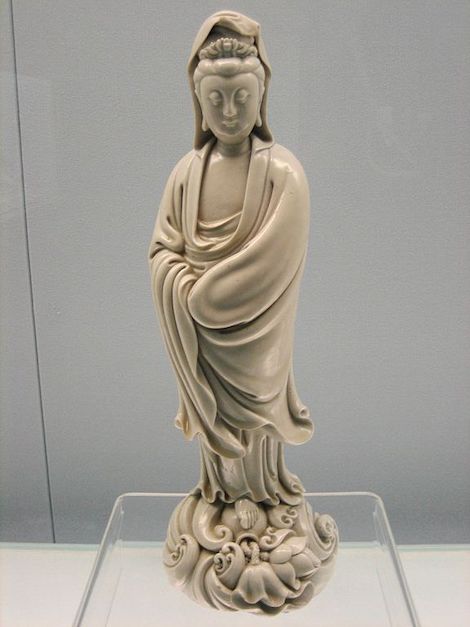
This is, without a doubt, a heartfelt, sublimely connected experience. For me it’s an experience of devotion. This devotion is not mindless adoration or idealization of a specific person. Yet it’s connected with remembering specific teachers and what they’ve shown me. When I walked the plank in that virtual reality experiment, it was devotion that enabled me to “jump.” After an extended period of terror, I thought of Trungpa Rinpoche and heard his unmistakable, high-pitched voice say, “You can do it.” That’s all it took to connect me with my innate courage.
Now and in the bardo, I know that warmth is the key. Thinking of the welfare of others and opening my heart to the blessings of my teachers—I put my trust in these two wondrous methods.
Pema Chödrön
Stay tuned for more in this ongoing Shambhala Publications series …
Stay tuned for other original and fresh content from authors and teachers like Alan … coming up are Alan Watts, Zenju Earthlyn Manuel, and more …
All italicized text below is adapted from How We Live Is How We Die by Pema Chödrön, © 2022 by the Pema Chödrön Foundation. Reprinted in arrangement with Shambhala Publications, Inc. Boulder, CO.
And, click here for the free, downloadable PDF of the Table of Contents.
You can purchase the book at Shambhala Publications or Amazon.
As Pema reminds us practicing these two kinds of warmth “… make{s} us more decent, loving beings …” … resulting in more compassion and kindness towards our global human family … and in that spirit let us minimize (& hopefully dissolve) the current humanitarian crisis unfolding in Ukraine … by helping in whatever way we can … … and to that end here are some options:
1) NPR: Want to support the people in Ukraine? Here’s how you can help
2) Washington Post: Here’s how Americans can donate to help people in Ukraine.
3) Go Fund Me: How to Help: Donate to Ukraine Relief Efforts.
4) USA Today: Want to support the people of Ukraine? These apps and websites can help you send money.
— — — —
We are all facing financial challenges but IF your situation allows you to donate and help then please do so …
THANK YOU!
And, may you deepen this practice of warmth … in your daily life … and …
May you remain safe and healthy as you navigate these unsettling times.
